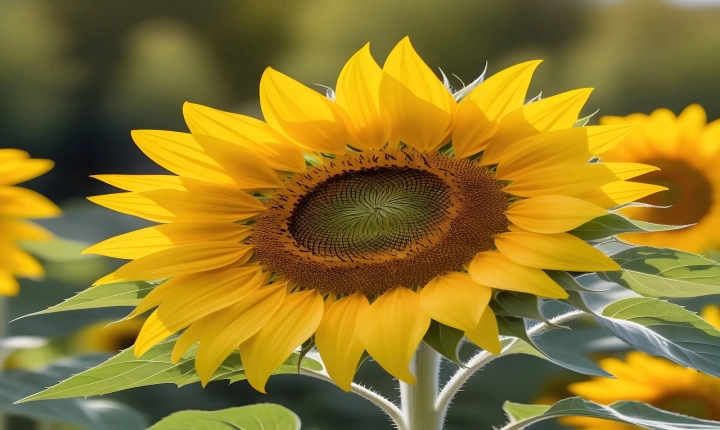Title: How to Use AI for Drawing: A Step-by-Step Guide
Artificial intelligence (AI) has revolutionized various industries, and the world of art and design is no exception. From creating digital illustrations to generating new ideas for artistic endeavors, AI has become an invaluable tool for artists and designers. In this article, we will explore how to leverage AI for drawing and offer a step-by-step guide for utilizing this technology to enhance your artistic abilities.
Step 1: Choose the Right AI Drawing Tool
The first step in using AI for drawing is to select the right tool for your specific needs. There are several AI-powered drawing applications and software available, each offering unique features and capabilities. Some popular options include Adobe Illustrator with AI-based features, AutoDraw by Google, and various mobile apps like Artflow and Procreate that incorporate AI-assisted drawing tools.
Step 2: Understand How AI Can Enhance Your Drawing Process
Before diving into the technical aspects of AI drawing, it’s important to understand how AI can enhance your drawing process. AI tools can assist in generating ideas, improving precision, and expediting certain repetitive tasks. For instance, AI can suggest different artistic styles, color palettes, and composition options based on the input provided by the artist. It can also assist in creating complex shapes, patterns, or textures with greater precision and efficiency.
Step 3: Learn the Features and Functions of the AI Drawing Tool
Once you have chosen an AI drawing tool, take the time to familiarize yourself with its features and functions. Many AI-powered drawing tools offer tutorials and resources to help users understand how to leverage AI for their artistic endeavors. Make use of these resources to gain a deeper understanding of how the AI tool can be integrated into your drawing process.
Step 4: Experiment and Practice with AI Assistance
After gaining a basic understanding of the AI drawing tool, it’s important to experiment and practice using AI assistance. Start with simple projects and gradually incorporate AI features into more complex pieces. Experiment with the AI’s suggestion capabilities, precision tools, and other features to understand how they can complement and enhance your creative process.
Step 5: Combine AI Assistance with Traditional Drawing Techniques
While AI can be a powerful ally in the drawing process, it’s important to remember that it is a tool to complement, not replace, traditional drawing techniques. Combine AI assistance with your existing skills and knowledge of drawing fundamentals to create truly unique and impactful artwork. Use AI to streamline certain aspects of your work, while still relying on your creativity and artistic intuition to guide the overall process.
Step 6: Continue Learning and Adapting
As technology continues to advance, so will the capabilities of AI drawing tools. Stay updated on the latest developments in AI for drawing and be open to integrating new features and techniques into your artistic practice. Continuously learning and adapting to the evolving landscape of AI drawing will ensure that you remain at the forefront of this exciting intersection of art and technology.
In conclusion, AI has the potential to revolutionize the way artists approach drawing and design. By understanding the capabilities of AI drawing tools, experimenting with AI assistance, and integrating it with traditional drawing techniques, artists can harness the full potential of this technology to take their artistic endeavors to new heights. Embracing AI as a tool for drawing can open up a world of possibilities for creativity and innovation, ultimately enhancing the artistic process and the resulting artwork.
